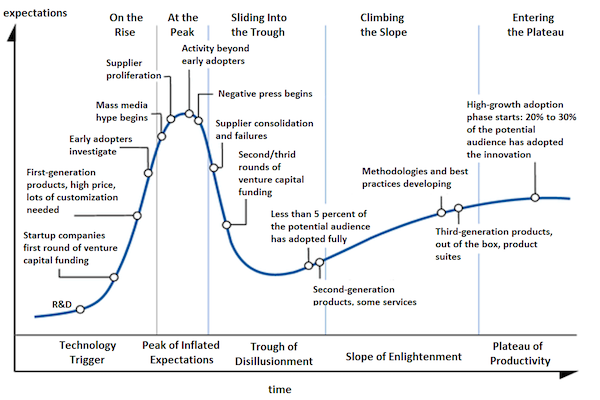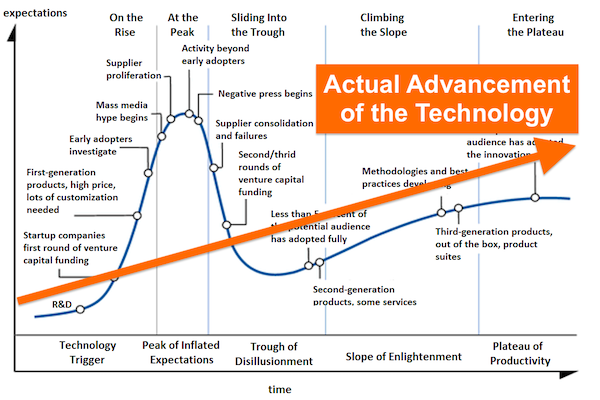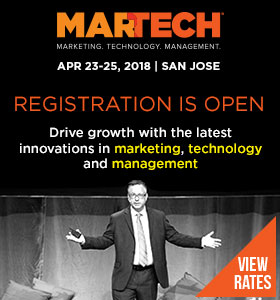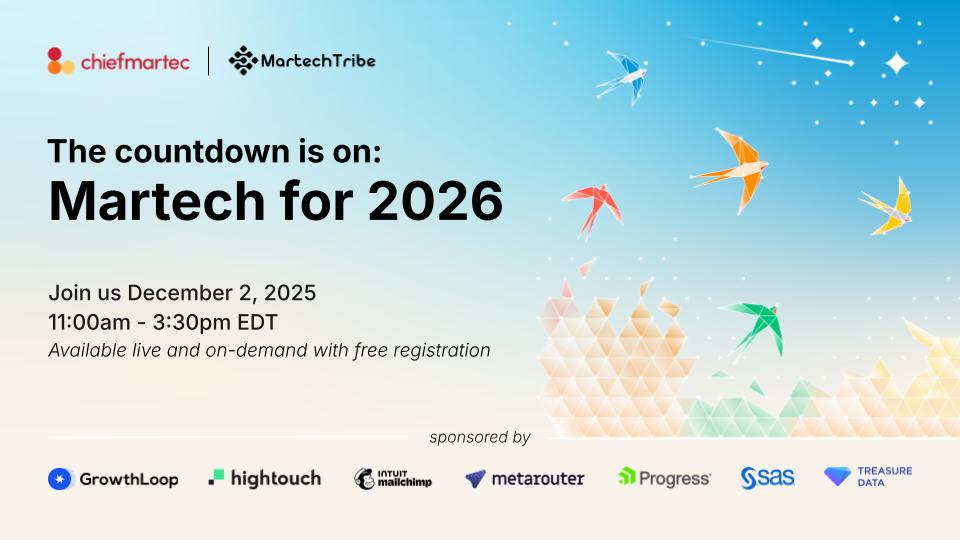The Gartner hype cycle is one of the more brilliant insights ever uncovered in the history of technology. I rank it right up there with Moore’s Law and Christensen’s model of disruptive innovation from below.
Gartner’s hype cycle describes a 5-stage pattern that almost all new technologies follow:
- A technology trigger introduces new possibilities — things like AI, chatbots, AR/VR, blockchain, etc. — which capture the imagination and create a rapid rise in expectations. (“Big data is a breakthrough!”)
- The fervor quickly reaches a peak of inflated expectations — the “hype” is deafening and dramatically overshoots the reality of what’s possible. (“Big data will change everything!”>
- Reality soon sets in though, as people realize that the promises of that hype aren’t coming to fruition. Expectations drop like a rock, and the market slips into a trough of disillusionment. (“Big data isn’t that magical after all.”)
- But there is underlying value to the technology, and as it steadily improves, people begin to figure out realistic applications. This is the slope of enlightenment: expectations rise again, but less sharply, in alignment with what’s achievable. (“Big data is actually useful in these cases…”)
- Finally the expectations of the technology are absorbed into everyday life, with well-established best practices, leveling off in the plateau of productivity. (“Big data is an ordinary fact of life. Here’s how we use it.”)
It might not be a law of nature, but as a law of technology markets, it’s pretty consistent.
We hear a lot about the hype cycle in the martech world, because we have been inundated with new technologies in marketing. I’m covering a number of them in my 2018 update to the 5 disruptions to marketing: artificial intelligence (AI), conversational interfaces, augmented reality (AR), Internet of Things (IoT), customer data platforms (CDP), etc.
In marketing, it’s not just technologies that follow this hype cycle, but also concepts and tactics, such as content marketing, account-based marketing, revenue operations, and so on. By the way, that’s not a knock against any of those. There is real value in all of them. But the hype exceeds the reality in the first 1/3 or so of their lifecycle.
Indeed, it’s the reality underneath the hype cycle that people lose sight of. Expectations are perception. The actual advancement of the technology (or concept or tactic) is reality.
At the peak of inflated expectations, reality is far below what’s being discussed ad nauseum in blog posts and board rooms. In the trough of disillusionment, the actual, present-day potential is sadly underestimated — discussions shift to the inflated expectations of the next new thing.
However, this desync between expectations and reality is a good thing — if you know what you’re doing. The gap between expectations and reality creates opportunities for a savvy company to manage to the reality while competitors chase the hype cycle.
It’s a variation of the age-old investment advice: buy low, sell high.
At the peak of inflated expectations, you want to avoid overspending on technology and overpromising results. You don’t want to ignore the movement entirely, since there is fire smoldering below the smoke. But you want to evaluate claims carefully, run things with an experimental mindset, and focus on real learning.
In the trough of disillusionment, that’s when you want to pour gas on the fire. Leverage what you learned from your experimental phase to scale up the things you know work, because you’ve proven them in your business.
Don’t be distracted by the backlash of negative chatter at this stage of the hype cycle. Reinvest your experimental efforts in pushing the possibilities ahead of the slope of enlightenment. This is your chance to race ahead of competitors who are pulling back from their missed results against earlier, unrealistic expectations.
As close as possible, you want to track the actual advancement of the technology. If you can achieve that, you’ll get two big wins, as the hype is on the way up and on the way down. You’ll harness the pendulum of the hype cycle into useful energy.
P.S. When I program the MarTech conference agenda, my goal is to give attendees as accurate of a picture of the actual advancement of marketing technologies as possible.
I won’t try to sell you a ticket on overinflated expectations. But I will try to sell you a ticket on getting you the ground truth of marketing technology and innovation, so you can capture the two opportunities that are yours to take from the hype cycle.
Our next event is coming up, April 23-25 in San Jose. Our early bird rates expire on January 27, which saves you $500 on all-access passes. Take advantage of that pricing while you can.







Scott,
Greta insight!
Happy 2018. Allen